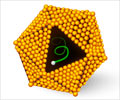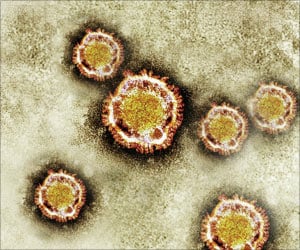Hepatitis B, a serious liver infection is highly contagious and spreads rapidly among young children. The universal vaccination wiped out hepatitis B in U.S children.

‘Screening, interventions and universal vaccination are recommended as the standard of care for all to prevent the hepatitis B infection.’





Hepatitis B is a serious liver infection, which, if left untreated, becomes chronic, leading to extensive liver damage, liver cancer, and death. Since Hepatitis B is highly contagious, it spread rapidly in rural villages especially among young children.In the 1970s and 1980s, Alaska Native (AN) people residing in Alaska experienced the highest rates of acute and chronic hepatitis B virus (HBV) infection and hepatocellular carcinoma (HCC - liver cancer) in the USA. In 1981-82, a HBV vaccine demonstration project providing HBV screening and vaccination was conducted in 2 highly endemic regions of Alaska.
In 1984, the program was extended to AN people statewide, and AN infants in tribal health facilities were offered 3 doses of hepatitis B vaccine starting at birth. At the same time, a vaccine catch-up program was conducted in schools statewide and also included reminders for AN adults that had tested negative for the virus.
The authors of this updated research used data from the surveillance system set up in 1981 in tribal health facilities to detect acute HBV infections.
Cases of HCC in young people aged 20 years and younger were identified using the US National Cancer Institute/CDC-funded cancer registry in place since 1969, combined with an active surveillance program screening those already known to be infected with HBV since 1982.
Advertisement
The data collected show that routine infant hepatitis B vaccination and mass screening have resulted in high levels of vaccine coverage in Alaskan AN children 1935 months of age.
The incidence of acute symptomatic HBV infection in AN persons aged 20 years and under decreased from 19 per 100,000 in 19811982 to no reported cases since 1992.
The incidence of HCC in AN persons aged under 20 years decreased from 3 per 100,000 in 19841988 to no reported cases since 1998. The number of chronically infected HBV AN patients aged 20 years and under decreased from 657 in 1988 to just two cases in total since 1999, the last of those identified in 2010.
The authors say: "Universal newborn vaccination coupled with mass screening and immunisation of susceptible AN people has eliminated earlyonset HCC and acute symptomatic HBV infection as a public health threat among AN children. This populationbased approach can serve as a model for other populations."
They conclude: "The elements of this program that we introduced which include screening and interventions to reduce perinatal transmission and universal vaccination are recommended as the standard of care for all US populations, including Indigenous populations. Elimination in other populations, however, depends on the how effectively those interventions are applied, which might not be as comprehensive as took place in the AN tribal system."
Source-Eurekalert














